#st bartholomew
Text
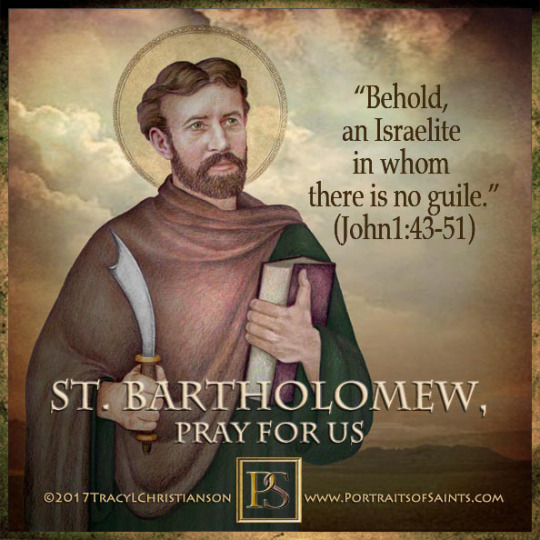
Saint Bartholomew the Apostle
1st C.
Feast Day: August 24
Patronage: against neurological disease, bookbinders, butchers, shoemakers, leather workers and tanners, plasterers, Florentine cheese and salt merchants, Armenia
Saint Bartholomew, one of the twelve Apostles, was introduced by St. Philip to Jesus, who said “Behold, an Israelite in whom there is no guile.” (John1:43-51) His name means “son of Tolomai” and he preached the Gospel in India, Mesopotamia, and Armenia. St. Bartholomew was martyred by being flayed and beheaded. His relics are in Rome, Sicily, and Benevento, Italy, Frankfurt, Germany and Canterbury, England.
Prints, plaques & holy cards available for purchase here: (website)
59 notes
·
View notes
Note
Are you still at Bart’s? Your brother just dropped off three tickets to Greece. Did you know about this?
Are we going?

Yes I am still here, using the microscope.
Wait what? Why should he do that? Is this some sort of trick?
#roleplay#rp#sherlock roleplay#sherlock rp#johnlock roleplay#johnlock rp#at the lab#scienctist#laboratory#lab#microscope#barts#st barts#Picture#st bartholomew#Sherlock
77 notes
·
View notes
Text


#st lucy#st bartholomew#catholic saint tournament#catholic#catholicism#catholic saints#christianity#tumblr bracket#tumblr tournament#polls#theology#tumblr polls
34 notes
·
View notes
Text
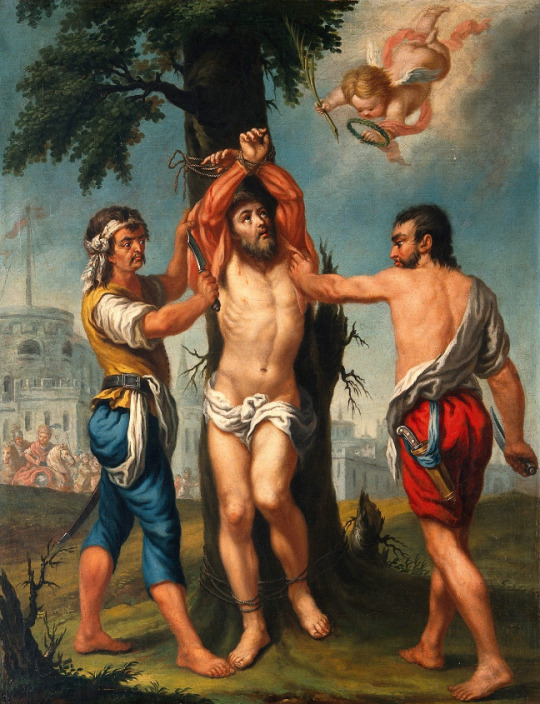
The Flaying of Saint Bartholomew (19th century) | attributed to a Portuguese painter
#art#fine art#painting#19th century#the flaying of saint bartholomew#st bartholomew#religious art#aesthetic
9 notes
·
View notes
Text
Feast Days: St. Bartholomew
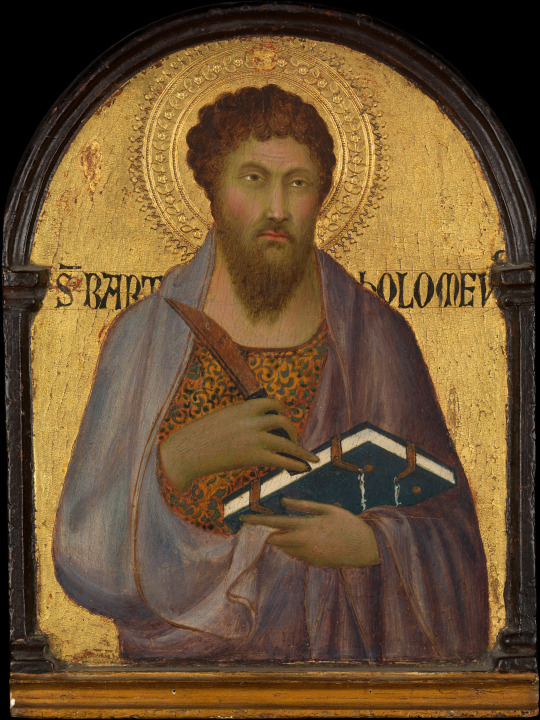
Saint Bartholomew, workshop of Simone Martini (c.1317-1319)
Happy St. Bartholomew's Day!
Today marks the feast day of St. Bartholomew the Apostle -- that's right, one of the OG followers of Jesus! Although he has a pretty miniscule role in Biblical narratives, he is one of the twelve apostles, and so has a heavy load when it comes to patronage. He is the patron saint of butchers, Florentine salt and cheese merchants, house painters, book binders, leather workers, neurological diseases, skin diseases, dermatology, shoemakers, glove makers, farmers, curriers, tanners, trappers, and twitching.
A fair warning: this one isnt' so cheerful. Bart's demise, like many of the saints, is pretty gnarly, and it does have something to do with all this skin/leather stuff going on in his patronage. This day is also associated with an infamous example of religious violence, Catholic vs. Protestant. Read on at your own peril.
His Life
Not a lot is known about Bartholomew's life within Biblical canon. He is believed to be same person as the apostle Nathaniel, who appears in John 1:45-51 and 21:2. He is also mentioned in the Book of Acts.
Much of the tradition around Bartholomew details his trips to spread Christianity. This man sure got around! Two ancient texts cite a trip to India, specifically the Bombay region, where he left a copy of the Gospel of Matthew. However, many scholars doubt that this actually happened, and say that he actually went to Ethiopia or modern-day Yemen. Still other traditions hold that he was a missionary in Mesopotamia, northeastern Iran, and/or central Turkey.
Arguably his most eventful missions trip was to the Armenia/Azerbaijan area in the 1st century CE. Along with his fellow apostle Jude (also called Thaddeus), he is credited with bringing Christianity to the region; and as such, both are venerated as the patron saints of the Apostolic Church of Armenia. His luck ran out here, however, and he was martyred in the region in horrific fashion. Legend holds that he converted the king of Albania, Polymius, to Christianity. Polymius's brother was not a fan of this, and fearing a Roman backlash, and ordered Bartholomew's torture and execution. There are three main stories about his manner of death. The most popular says that he was executed in Albonopolis in Armenia by being flayed (skinned) alive and beheaded. The second account says he was crucified upside-down, and the third that he was beaten unconscious and thrown into the sea to drown. The first legend captures the imagination much more vividly, and as such Bartholomew is most frequently depicted holding his skin -- sometimes he has grown a new skin, other times he is still a skin-less meat man. Many times the old skin still has his face. Woof.
Bartholomew has also come to be associated with the field of medicine, for two main reasons. Firstly, artists past and present have taken advantage of Bartholomew's flayed state to execute detailed anatomical studies of the human body. Secondly, a portion of his relics are stored at the basilica of San Bartolomeo all'Isola in Rome. This was the old site of a temple to Asclepius, which was an important Roman medical site (Asclepius is the Greek god of medicine). Thus, over time, Bartholomew and medicine came to be connected.
The St. Bartholomew's Day Massacre
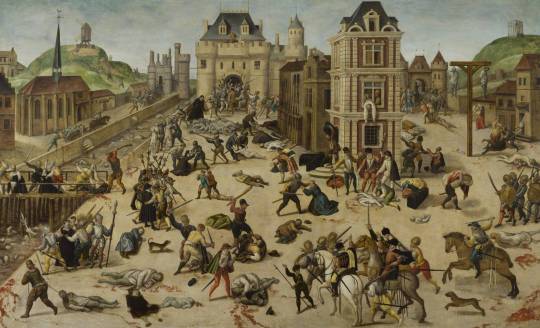
A depiction by Huguenot painter François Dubois, who was possibly an eyewitness (c.1572-1584)
This series mainly focuses on saints' days in the UK, but one does not simply discuss St. Bartholomew's Day without discussing the massacre. This outbreak of bloodletting was part of the decades-long French Wars of Religion, which was fought on and off between Catholics and Huguenots (French Calvinist Protestants). As religion held such an essential role in society and in the machinations of power, the 'type' of Christianity embraced by the state was literally and frequently a matter of life and death. With autocratic governments, unity of church and state, and much less effective means of communication and law enforcement, it was only too easy for hate and violence to take over, and for those in power to turn a blind eye or even participate. There are many contemporary examples we can look to as parallels to this event, and I think with the same conditions, it could happen a lot more often.
The massacre took place in Paris on the night of August 23rd-24th, 1572. Although the causes for the riots are complex and deep-rooted, the main inciting factor was the marriage of Henry III of Navarre, a Catholic, to Margaret of Valois, a Huguenot. They were married on August 18th, and many rich and famous Huguenots gathered in largely-Catholic Paris to attend the wedding. Tensions erupted in scenes of horrific violence, with Catholic mobs attacking, trapping, and hunting down Huguenots in the streets. The violence lasted for several weeks, spreading out through the provinces and other urban areas. Sir Francis Walsingham, Elizabeth I's ambassador to France at the time, was in Paris during the violence and barely managed to escape with his life. Modern estimates cite the casualties from anywhere between 5,000 and 30,000 people. Although the Catholic reaction to the slaughter ranged from outward glee to sickened horror, Protestant countries obviously panicked, and the massacre was used as anti-Catholic propaganda for centuries, 'justifying' Protestant reprisals against uninvolved Catholics. It was yet another terrible event in the brutal European Wars of Religion.
St. Bartholomew's Day and its Traditions
On to more cheerful things!
This day is also called Bartlemas or Bartelmytide.
Emma, the wife of King Canute, supposedly brought one of Bartholomew's arms to England in the 11th century, and it was venerated in Canterbury Cathedral for many years. Most of the information on this is in the past tense, so I assume it is no longer there.

Depiction of Bartholomew Fair, Rowlandson et. al., c.1808
August and the time around St. Bartholomew's Day is the traditional time for markets and fairs. One of the most famous was Bartholomew Fair in West Smithfield, London. A massive spectacle, it served as a place for serious trade, becoming the main cloth trading event in the country; but it also offered entertainment like dances, tournaments, musicians, international curiosities, food vendors, conjurers, wild animals, circus acts, and an all-around good time. It began in 1133 by a charter from Henry I, and originally lasted three days, but during the 1600s it could go for two full weeks! With the change in the calendar in 1753, the fair was moved to September 3rd, and in 1791 they decided four days was quite enough time. It was ended in 1855 for causing public disturbance and the criminal activity it attracted. A less rowdy street fair is still held in Crewkerne, Somerset, at the beginning of September. It dates back to Saxon times and is even recorded in the Doomesday Book of 1086!
There is also some delightful weather wisdom about St. Bartholomew's Day. One rhyme says, "If St. Bartholomew's be fair and clear / Then a prosperous autumn comes that year". Another is connected to St. Swithin's Day (July 15th), and claims "All the tears St. Swithin can cry / St Bartelmy's mantle wipes them dry". Traditional wisdom holds that rain on St. Swithin's Day means rain for the next 40 days, or until August 24th.
Many areas have their own unique ways of celebrating the holiday, such as blessing mead or baking special bread. It's nice to know that a holiday associated with such terrible things can be made into a nice occasion!
If You're Still Interested
There are a few famous depictions of the saint, including Michelangelo's rendering in "The Last Judgement". However, the whole flayed skin thing makes it pretty gruesome, and I didn't want to spring that on y'all without warning. If you'd like to see it, feel free to Google!
History Today's article that details some specific exhibitions from Bartholomew's Fair, including ventriloquists and a pig that could tell time!
Sources
Please forgive the excess of Wikipedia! It's hard to find info on the internet about this holiday, and Wikipedia has been the most forthcoming. It really can be helpful sometimes.
Wikipedia (Bartholomew the Apostle)
Wikipedia (Bartholomew Fair)
Wikipedia (St. Bartholomew's Day Massacre)
My AP European History class (woot)
aclerkofoxford
The Country Diary of an Edwardian Lady by Edith Holden
The Encyclopedia of Saints by Rosemary Ellen Guiley
#feast day series#st bartholomew#history#english history#british history#folk history#cultural history#feast day#saints day
4 notes
·
View notes
Text
#travel#cuisine#classic cars#jazzmusic#performance#books#entrepreneur#video creator#photographers on tumblr#original photographers#artists on tumblr#artistsoninstagram#st bartholomew#new york city#japan#usa
0 notes
Text

Magaret Blague, Heroine of the black death; Matron of St. Bartholomew's hospital.
#hero#heroine#london#black death#plague#bubonic plague#black and white#illustration#inktober#stbart#st bartholomew
1 note
·
View note
Text
St Bartholomew had black hair but a blond beard
24 August is the Feast of St Bartholomew. Little is known about him other than that he was an apostle.
The apocrypha does say
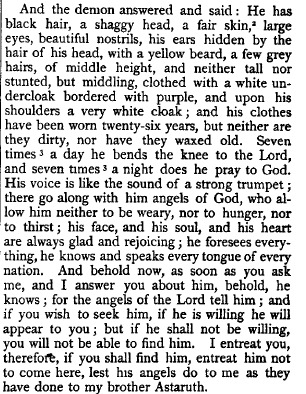
The apocrypha says that he was sent to India, cured people, smashed idols, and was beaten to death and beheaded by an angry king.
0 notes
Text
St. Bartholomew: Apostle, Martyr, and Patron Saint
The flaying of Saint Bartholomew. Oil painting attributed to a Portuguese painter, 19th century.
Prayer to St. BartholomewO Eternal God and loving father,you have given us the glorious Apostle Bartholomewas our beloved Patron Saintand powerful advocate in heaven.We offer you our prayers,animated by a spirit of confidencethat through the efficacious intercession of St. Bartholomew,we shall merit…

View On WordPress
1 note
·
View note
Text

St Bartholomew, Aldbrough, East Yorkshire
0 notes
Photo

Happy Feast Day
Saint Bartholomew the Apostle
1st C.
Feast Day: August 24
Patronage: against neurological disease, bookbinders, butchers, shoemakers, leather workers and tanners, plasterers, Florentine cheese and salt merchants, Armenia
Saint Bartholomew, one of the twelve Apostles, was introduced by St. Philip to Jesus, who said “Behold, an Israelite in whom there is no guile.” (John1:43-51) His name means “son of Tolomai” and he preached the Gospel in India, Mesopotamia, and Armenia. St. Bartholomew was martyred by being flayed and beheaded. His relics are in Rome, Sicily, and Benevento, Italy, Frankfurt, Germany and Canterbury, England.
{website}
40 notes
·
View notes
Text
At the same festival, another work, 'Broken Glass' by Moogahlin Performing Arts, gave voice to the unmarked grave of Maria Lock, an Aboriginal landowner in Sydney's west, at St Bartholomew's Anglican Church and Cemetery, founded in 1841.
"Design: Building on Country" - Alison Page and Paul Memmott
#book quote#design#building on country#nonfiction#alison page#paul memmott#sydney festival#broken glass#moogahlin performing arts#indigenous australia#unmarked grave#maria lock#st bartholomew#anglican church#anglican cemetery#40s#1840s#19th century
0 notes
Text
*Since Tumblr only has 10 options, I left out Judas. Also, there are two Jameses, so pick your favorite in your head.
#st peter#st simon#st jude#st matthew#st thomas#st bartholomew#st philip#st john#st james#st andrew#the twelve apostles#the twelve disciples#jesus#jesus of nazareth#catholicism#catholic saints#christianity#catholic#theology#polls#tumblr polls
25 notes
·
View notes
Text
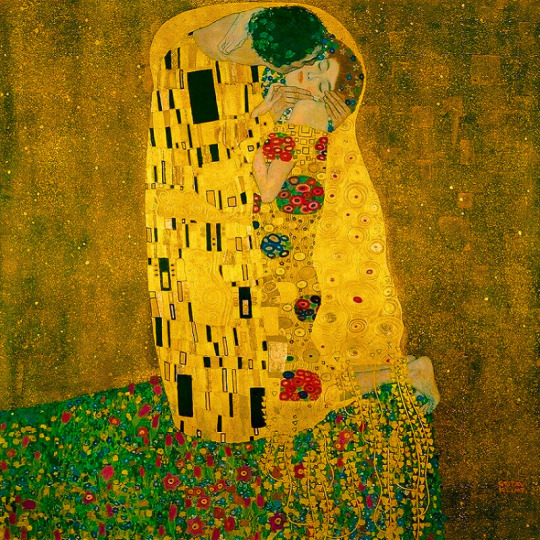
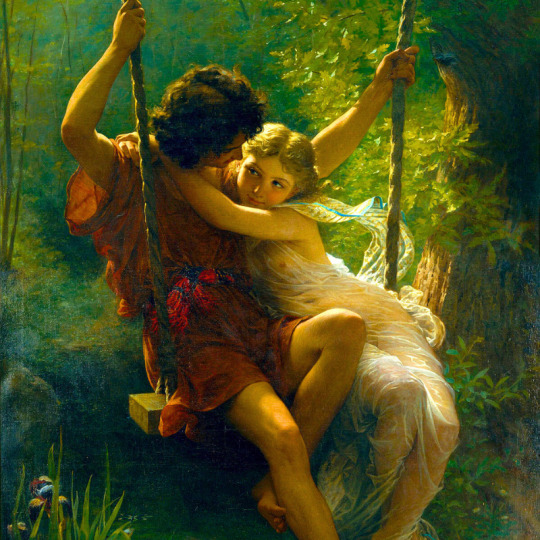

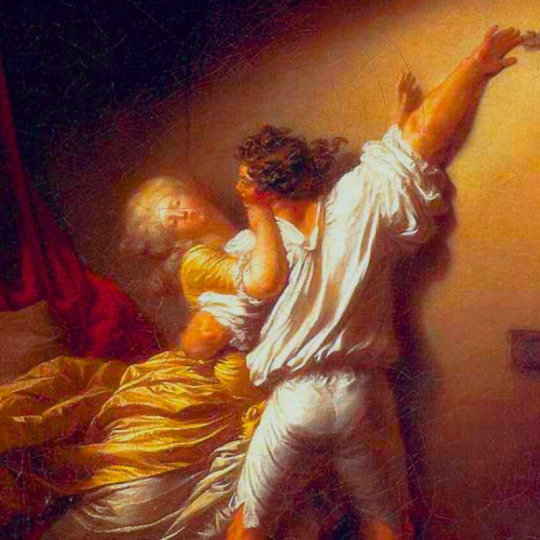

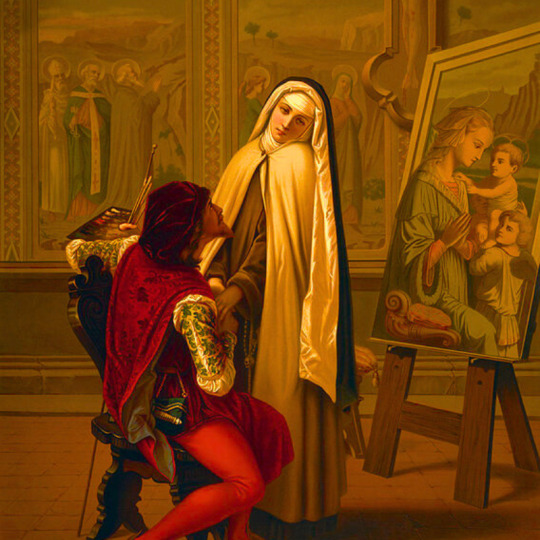

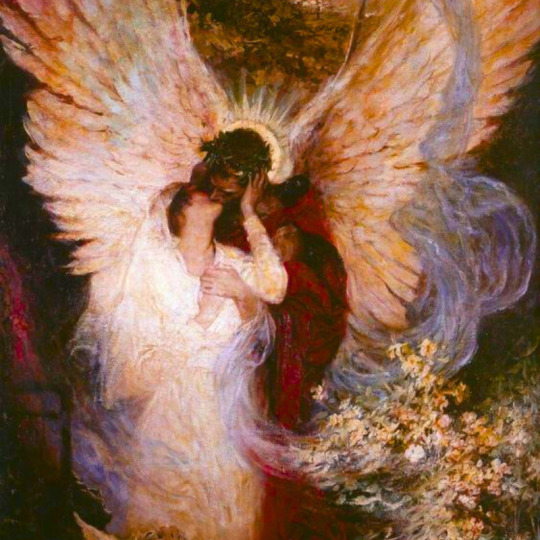

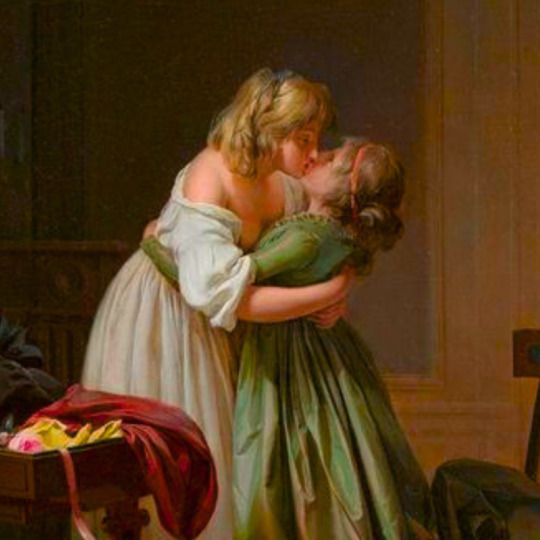

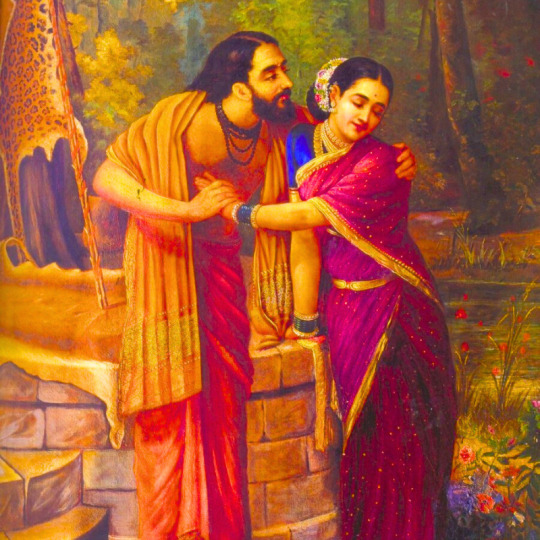
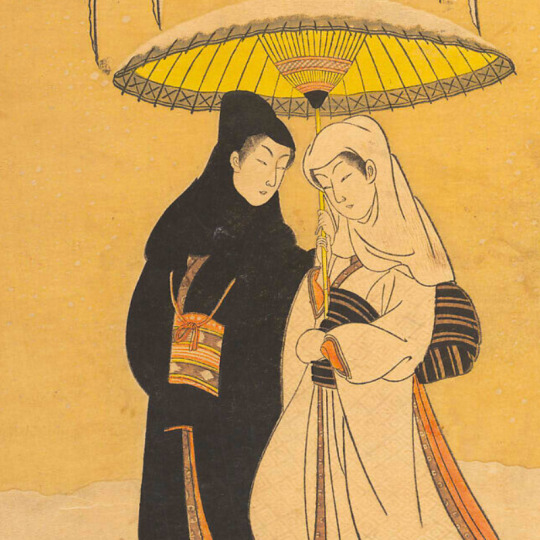

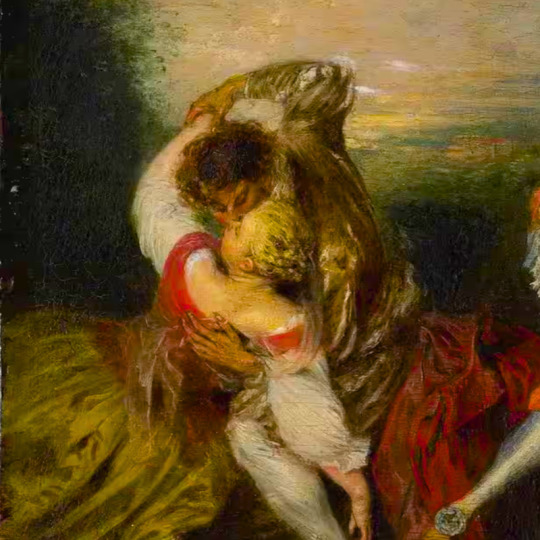

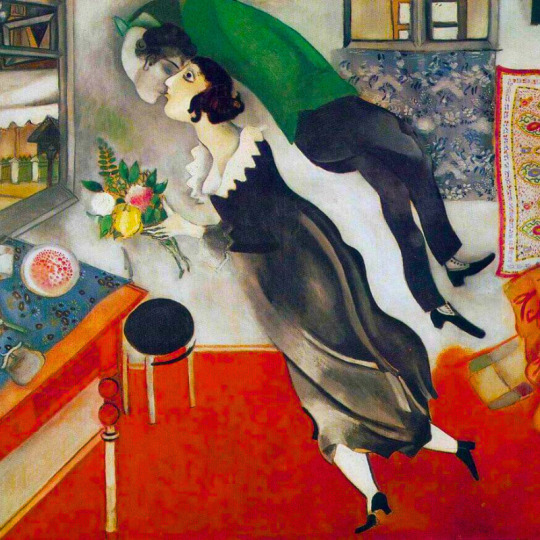
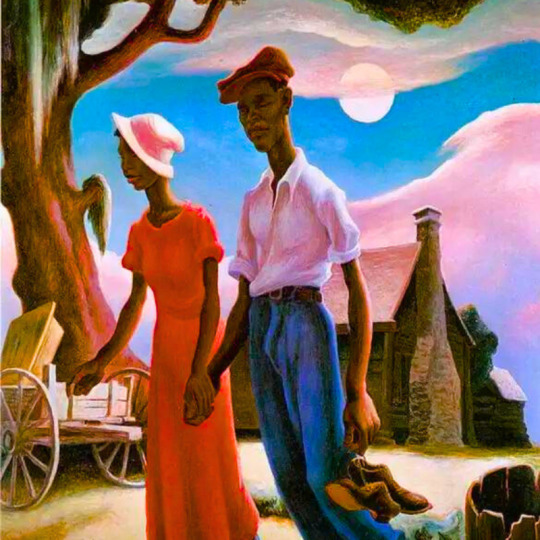




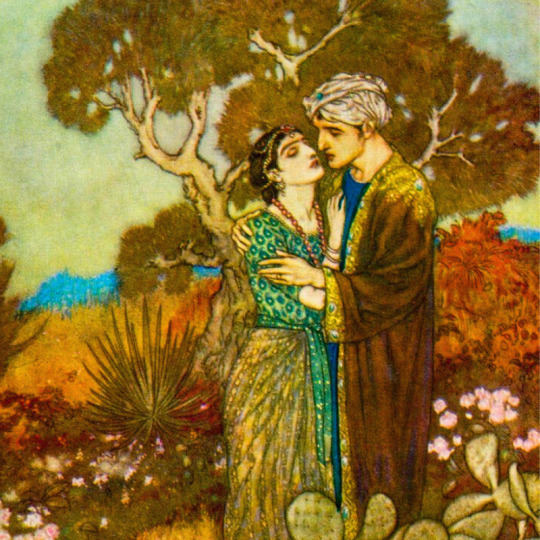


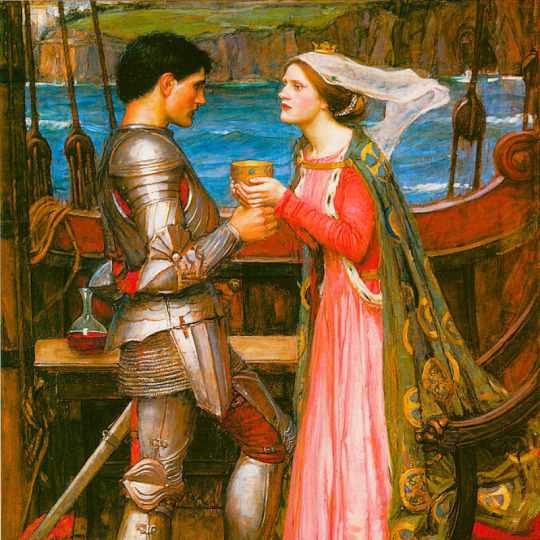




love + art
#the kiss by gustav klimt#springtime by pierre auguste cot#the fisherman and the syren by frederic leighton#the bolt by jean-honore fragonard#the kiss by francesco hayez#love or duty by gabriele castagnola#a huguenot on st. bartholomew's day by john everett millais#the other side by dean cornwall#romeo and juliet by sir frank dicksee#two young women kissing by louis-leopold boilly#the kiss by silvio allason#arjuna subhadra by raja ravi varma#lovers under an umbrella in the snow by suzuki harunobu#in bed: the kiss by henri de toulouse-lautrec#the surprise by antoine watteau#dance in the country by pierre-auguste renoir#the birthday by marc chagall#romance by thomas hart benson#the honeysuckle bower by peter paul rubens#chez le pere lathuille by edouard manet#evening by wilhelm kotarbinski#lawrence alma tadema by john byam liston shaw#very long name but its by edmund dulac#love by george lepape#le feu by george barbier#tristram and isolde by john william waterhouse#the happy lovers by gustave courtbet#the butterfly couple by j.c. leyendecker#a thorn amidst the roses by james sant#carlisle wall (the lovers) by dante gabriel rossetti
917 notes
·
View notes
Text
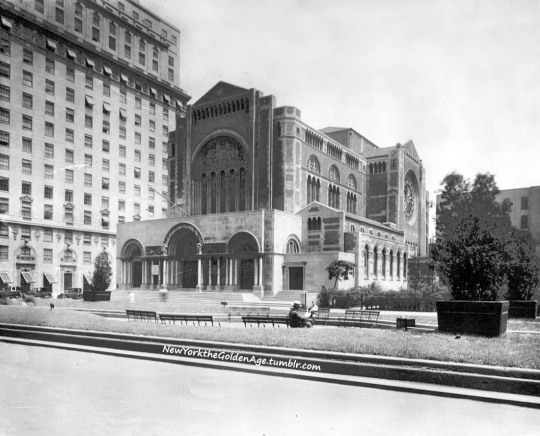
St. Bartholomew's Episcopal Church on Park Avenue between 50th and 51st Streets, early 1920s. It is the burial site of, among others, Lillian and Dorothy Gish.
Photo: NY Historical Society/Getty Images/NY Daily News
#vintage New York#1920s#St. Bartholomew's#St. Bart's#Byzantine Revival#Episcopal church#church#Lillian Gish#Dorothy Gish#Park Avenue#historic churches#vintage NYC
70 notes
·
View notes

